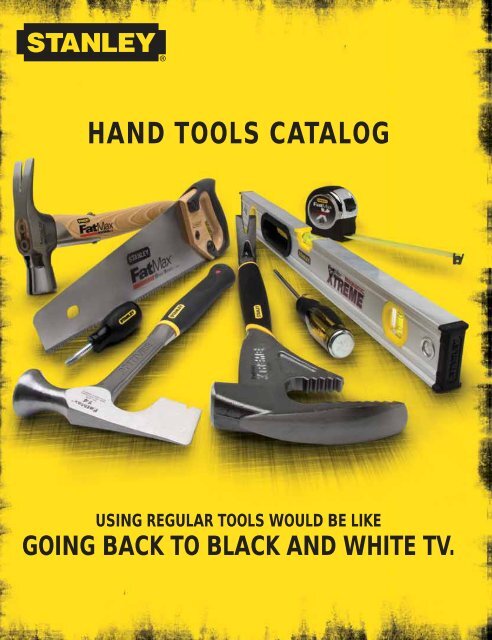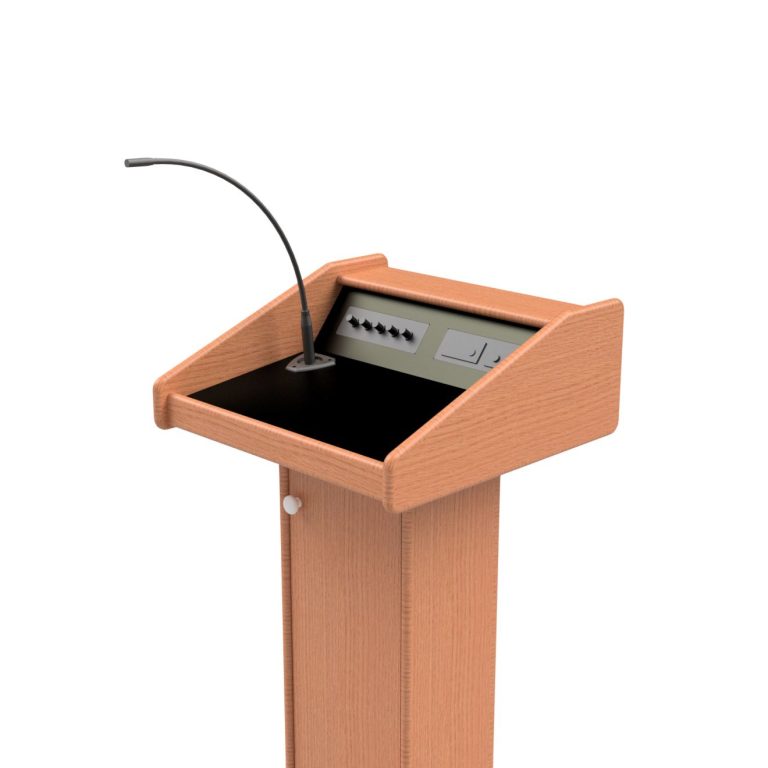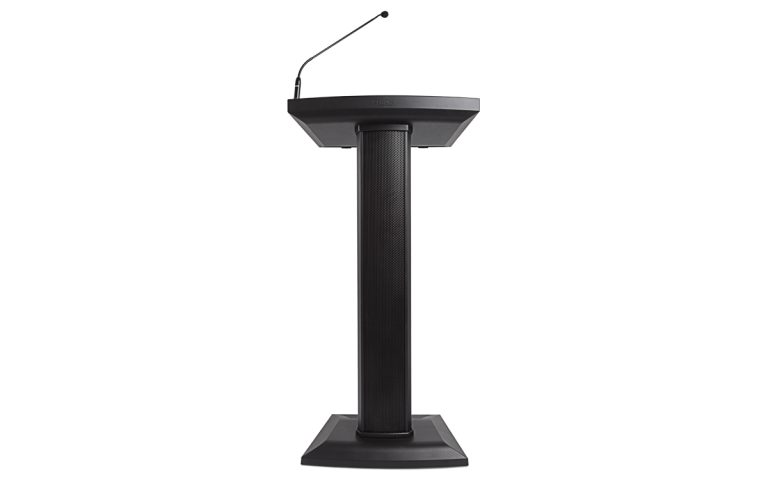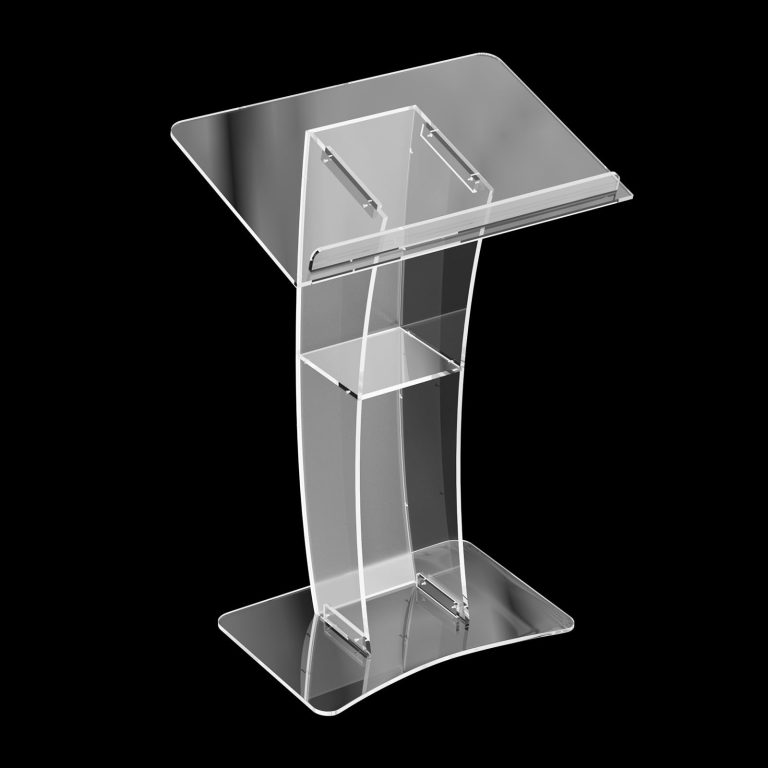Stagecrafting Tools And Gears
Stagecrafting tools and gears are essential for creating and enhancing the stage environment. These tools and gears include lighting fixtures, sound systems, props, rigging equipment, and stage curtains.
They are used to manipulate and control various aspects of the performance, such as lighting effects, sound quality, set design, and scene changes. By using these tools and gears effectively, stage designers and technicians can transform a simple stage into a captivating and immersive experience for the audience.
Whether it’s a theater production, live concert, or corporate event, stagecrafting tools and gears play a crucial role in bringing the performance to life and creating a memorable experience for the audience.
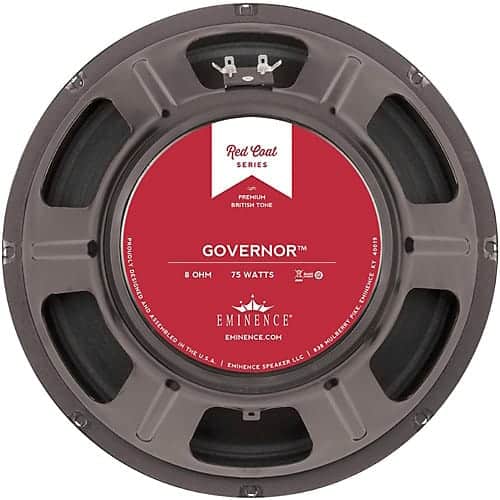
Credit: stagecraftgear.com
Essential Tools For Stagecrafting
Stagecrafting is a diverse and dynamic field that requires a range of tools and gears to bring creative visions to life. Whether you’re a professional stagehand or a passionate theater enthusiast, having the right tools is essential for delivering a flawless performance. In this blog post, we’ll explore the must-have tools for stagecrafting, including basic hand tools, power tools, and measuring tools.
Basic Hand Tools
When it comes to stagecrafting, basic hand tools are the foundation of any project. These trusty tools are the starting point for assembling sets, building props, and making necessary adjustments during performances. Here are some essential basic hand tools that every stagecrafting enthusiast should have:
| Tool | Function |
|---|---|
| Screwdriver | For tightening or loosening screws and bolts |
| Hammer | For driving nails, flattening surfaces, or providing impact force |
| Pliers | For gripping, cutting, and bending wires or small objects |
| Wrench | For tightening or loosening nuts and bolts |
| Tape Measure | For precise measurements of distances, lengths, or heights |
Power Tools
Power tools offer efficiency and speed in stagecrafting projects, enabling stagehands to tackle larger tasks with ease. These tools are designed to provide extra power and precision when working with various materials. Here are some power tools that can greatly enhance your stagecrafting abilities:
- Electric Drill: Ideal for drilling holes, driving screws, or sanding surfaces
- Circular Saw: Perfect for cutting plywood, lumber, or other materials
- Nail Gun: Provides quick and efficient nailing, saving time and effort
- Jigsaw: Enables precise cuts in different shapes and angles
- Sander: Smooths surfaces and removes imperfections for a professional finish
Measuring Tools
Measuring tools play a crucial role in stagecrafting, ensuring the accuracy and precision required for proper set construction and layout. These tools enable careful measurements to create symmetrical and well-balanced stage arrangements. Here are some essential measuring tools for stagecrafting:
- Tape Measure: Used to measure distances, lengths, and heights accurately
- Level: Ensures horizontal and vertical alignment for straight and balanced sets
- Square: Essential for making right angles and precise measurements
- Caliper: Provides accurate measurements of small objects or gaps
- Protractor: Helps in measuring and marking angles for curved or inclined surfaces
Having these essential tools for stagecrafting in your arsenal will empower you to tackle any theatrical project with confidence and precision. Whether you’re assembling sets, building props, or creating captivating stage designs, investing in quality tools is a must for every stagecrafting enthusiast. With the right tools at your disposal, you can bring your creative visions to life and make every performance an unforgettable experience.

Credit: reverb.com
Specialized Tools For Stagecrafting
Stagecrafting is an intricate art that requires skill, precision, and the right tools to bring a performance to life. Whether it’s a theater production, concert, or event, stagecrafting tools play a vital role in creating immersive experiences for the audience. From lighting and sound to rigging, each aspect requires specialized tools to ensure flawless execution. In this blog post, we will explore the essential tools used in stagecrafting, categorized into lighting tools, sound tools, and rigging tools.
Lighting Tools
Lighting is a key component in stagecrafting, as it sets the mood, highlights performers, and enhances the overall visual appeal. To achieve this, stagecrafting professionals rely on specialized lighting tools that help them control and manipulate the lights effectively. Here are some essential lighting tools:
- Stage Lights: These powerful lights come in various types, such as spotlights, wash lights, and floodlights. They can be adjusted to achieve different colors, intensities, and angles.
- Gels: These are transparent colored sheets that are placed in front of stage lights to alter their color temperature and create different lighting effects.
- Gobos: These metal or glass stencils are inserted in front of lights to project patterns, logos, or textures onstage.
- DMX Controllers: DMX controllers allow stagecrafting professionals to control multiple lights simultaneously, adjusting their brightness, color, and movement.
Sound Tools
Sound is crucial in stagecrafting as it enhances the overall experience, immersing the audience in the performance. To ensure high-quality sound reproduction, specialized sound tools are employed. Here are some essential sound tools:
- Microphones: These devices capture sound and convert it into electrical signals. Different types of microphones, such as dynamic, condenser, and lapel microphones, are used based on the performance requirements.
- Audio Mixers: Audio mixers are used to control and balance the sound inputs from various sources. Sound engineers can adjust volume, equalization, and effects to ensure a balanced audio output.
- Speakers: The sound produced by performers and instruments is projected through speakers to reach the audience. Different types of speakers, such as floor monitors, subwoofers, and line arrays, are used based on the venue size and layout.
- Wireless Systems: Wireless systems enable performers to move freely on stage without being constrained by cables. Wireless microphones and in-ear monitors ensure seamless communication and audio delivery.
Rigging Tools
Rigging plays a crucial role in stagecrafting, as it involves the installation and suspension of various equipment like lights, speakers, and props. Rigging tools ensure that these elements are safely and securely attached to the stage or overhead structures. Here are some essential rigging tools:
- Wire Ropes: Wire ropes are strong and flexible, providing the necessary support for hanging heavy equipment.
- Slings and Shackles: These tools are used to fasten wire ropes and secure equipment in place. Slings are adjustable and can be used to lift and lower equipment as needed.
- Chain Hoists: Chain hoists are used for lifting heavy loads, such as lighting trusses and speakers, to the desired height. They provide precise control and ease of use.
- Safety Devices: Safety is paramount in stagecrafting. Tools like safety harnesses, carabiners, and safety ropes ensure the protection of performers and crew members working at heights.
These specialized tools empower stagecrafting professionals to create captivating performances by controlling and manipulating various aspects of the production. Whether it’s the lighting, sound, or rigging, having the right tools at their disposal allows them to bring their creative vision to life.
Safety Equipment For Stagecrafting
Experience a secure and flawless stagecrafting process with our top-notch safety equipment. Designed for professionals, our tools and gears ensure maximum protection without compromising creativity.
Protective Gear
When it comes to stagecrafting, safety should always be a top priority. This includes ensuring that the right protective gear is used by crew members. Protective gear serves as a valuable safeguard against potential hazards and injuries that may arise during stage preparation, set construction, and rehearsals. Here are some essential protective gear items that every stagecrafting team should have: – Hard Hats: A hard hat is a must-have item for anyone working on a stage construction site. It provides essential head protection against falling objects or bumps. – Safety Glasses: Safety glasses offer eye protection from flying debris, dust, or any other potential eye hazards. They should be worn by crew members involved in tasks such as cutting, drilling, or grinding. – Ear Protection: Stagecrafting often involves the use of power tools and loud machinery, which can cause hearing damage. Earplugs or earmuffs are necessary to reduce noise levels and protect crew members’ hearing. – Work Gloves: Work gloves are essential for protecting hands from cuts, bruises, and splinters. They provide a good grip and reduce the risk of accidents when handling equipment or materials.First Aid Kit
Having a well-stocked first aid kit readily available on the stagecrafting site is crucial. It ensures that immediate medical attention can be given in case of any accidents or injuries. The first aid kit should contain the following items: – Band-Aids: A variety of adhesive bandages should be included to cover minor cuts and abrasions. – Sterile Gauze Pads: Sterile gauze pads are essential for dressing larger wounds or burns. – Antiseptic Wipes: Antiseptic wipes help prevent infection by cleaning wounds. – Adhesive Tape: Adhesive tape is necessary for securing gauze pads or dressing on wounds. – Scissors: Scissors are needed to cut tape, dressings, or clothing if necessary. – Tweezers: Tweezers are useful for removing splinters or foreign objects from the skin. – Disposable Gloves: Disposable gloves should be included to protect both the person administering first aid and the injured individual from potential infection.Fire Safety Equipment
Fire safety is of utmost importance in any stagecrafting environment. Adequate fire safety equipment should be present and easily accessible to minimize the risk of fire-related incidents. Here are some essential fire safety equipment items that should be available: – Fire Extinguishers: Fire extinguishers are the first line of defense in case of a fire. They should be strategically placed throughout the stagecrafting area, and crew members should be trained in their proper usage. – Fire Blankets: Fire blankets can be used to smother small fires or wrap around an individual briefly to extinguish flames in the event of a clothing fire. – Emergency Exit Signs: Clearly marked emergency exit signs should be posted throughout the stagecrafting area, ensuring that crew members can easily locate the nearest exit in case of an evacuation. – Emergency Lighting: In the event of a power outage, emergency lighting should be available to ensure crew members can safely navigate the area. Safety equipment for stagecrafting is crucial to protect the well-being of crew members and prevent accidents or injuries. By prioritizing the use of protective gear, maintaining a well-stocked first aid kit, and implementing essential fire safety equipment, stagecrafting teams can create a safer working environment for everyone involved.
Credit: stagecraftgear.com
Maintenance And Storage Of Stagecrafting Tools
Proper maintenance and storage of stagecrafting tools and gears is essential to ensure their longevity and optimal performance. By implementing a few simple practices, you can keep your tools in excellent condition, saving time and money in the long run. In this article, we will discuss the importance of proper cleaning and maintenance, as well as storage tips, to help you effectively manage your stagecrafting tools.
Proper Cleaning And Maintenance
Regular cleaning and maintenance of stagecrafting tools is crucial to ensure their longevity and efficiency. Here are some important guidelines to follow:
- Clean tools after each use: Remove any debris, dust, or excess materials from your tools using a soft brush or cloth. This helps prevent the accumulation of dirt and keeps the tools in optimal working condition.
- Inspect for damages: Before storing your tools, inspect them for any signs of damage or wear and tear. Check for loose parts, cracks, or rust, and address any issues promptly to prevent further damage.
- Apply lubrication: Some stagecrafting tools may require lubrication to ensure smooth operation. Use the appropriate lubricant and apply it according to the manufacturer’s instructions. This helps prevent friction and keeps the tools functioning optimally.
Storage Tips
Proper storage of stagecrafting tools is essential to maintain their condition and prevent damage. Consider the following tips:
- Designate a specific storage space: Allocate a dedicated area for storing your stagecrafting tools, whether it’s a toolbox, shelf, or cabinet. This helps keep them organized and easily accessible when needed.
- Keep tools in their original cases: If your tools come with specific storage cases or boxes, utilize them. These cases are designed to protect the tools from external factors and keep them organized. If you no longer have the original cases, consider investing in appropriate storage solutions.
- Utilize tool racks and pegboards: Install tool racks or pegboards on your walls to hang and display your stagecrafting tools. This not only keeps them easily visible but also reduces the risk of damage that can occur when tools are piled on top of each other.
- Protect against moisture: Moisture can be detrimental to many stagecrafting tools. Consider using moisture-absorbing packets or a dehumidifier in your storage area to prevent rust or corrosion. Additionally, keep tools away from damp or humid environments.
- Create an inventory system: Keep track of your tools by maintaining an inventory list. This helps prevent misplacement and ensures you have all the necessary tools for your projects. Label boxes or tool holders to easily identify what is stored inside.
By following these proper cleaning and maintenance practices, as well as implementing effective storage techniques, you can extend the lifespan of your stagecrafting tools and gears. This will not only save you money on replacements but also ensure that your tools are always ready for use whenever you need them.
Frequently Asked Questions For Stagecrafting Tools And Gears
What Is Stagecraft In High School?
Stagecraft in high school refers to the art of creating and managing theatrical productions. It includes various aspects such as set design, lighting, sound, costumes, and props. Students learn how to collaborate, problem-solve, and bring stories to life on stage.
It is a valuable and enriching experience for those interested in theater and the performing arts.
What Are Stagecraft Elements?
Stagecraft elements refer to the various components used in theatrical productions, including lighting, sound, set design, props, costumes, and makeup. These elements work together to create a visually and audibly appealing performance for the audience.
What Are The Different Types Of Stage Craft?
The different types of stage craft include set design, lighting design, sound design, costume design, and prop design. Each of these elements contributes to creating a visually appealing and immersive theatrical experience for the audience.
What Is Technical Theatre Stagecraft?
Technical Theatre stagecraft refers to the behind-the-scenes elements of a production, involving lighting, sound, set design, props, and costumes. This includes everything necessary to create the atmosphere, effects, and visual aspects of a performance. It is essential for a successful and engaging theatrical experience.
What Are The Essential Tools For Stagecrafting?
Stagecrafting requires a variety of tools such as wrenches, screwdrivers, gaff tape, and measuring tape.
Conclusion
Stagecrafting tools and gears play a crucial role in bringing creative visions to life. From lighting fixtures to sound systems, these components assist in creating immersive experiences for audiences. With the advancement of technology, these tools have evolved to enhance performances and engage viewers on a deeper level.
Whether it’s a theatrical production or a concert, the right equipment can make all the difference in delivering a memorable show. So, invest in the right stagecrafting tools and gears to take your performances to the next level!
